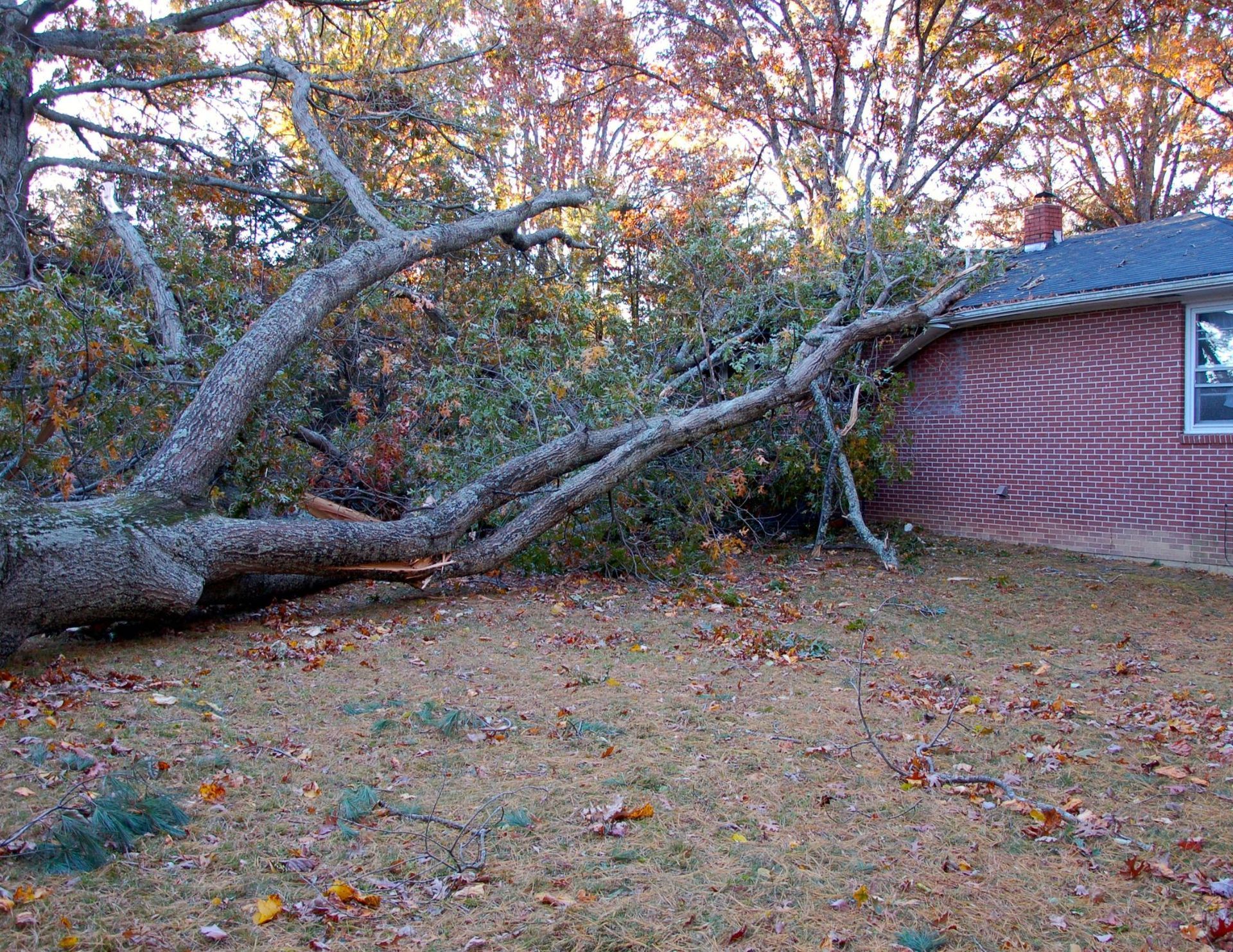Who Is Responsible For Fallen Tree Removal in Canada

In the scenic landscapes of Canada, where lush forests adorn many regions, fallen trees are an occasional occurrence. While these natural events can be picturesque, they often pose challenges and raise questions about responsibility when it comes to their removal. Determining who is accountable for removing fallen trees in Canada involves various factors, including location, property ownership, and the circumstances surrounding the fallen tree.
Legal Framework
Responsibility for fallen tree removal in Canada is primarily dictated by municipal bylaws and provincial regulations. In general, the ownership of the property where the tree falls often determines who is responsible for its removal. If the tree falls within the boundaries of public property, such as roads, parks, or public forests, the responsibility typically falls on the relevant municipal or governmental authority overseeing that area.
On the other hand, when a tree falls on private property, the responsibility for its removal usually lies with the property owner. This responsibility extends not only to the removal of the tree but also to any potential damages caused by the fallen tree to neighboring properties or public spaces.
Determining Ownership
Determining ownership of the fallen tree often dictates the responsibility for its removal. In cases where the tree falls between properties, the responsibility might be shared between multiple property owners. Clarifying property lines and tree ownership is crucial in such instances to determine who bears the responsibility for removal.
Insurance Coverage
Homeowner’s insurance policies in Canada typically cover damages caused by fallen trees, including the cost of removal. However, the specifics of coverage can vary among insurance providers and policies. Some insurance policies may cover the removal of fallen trees regardless of whether they caused damage to a structure or not, while others might only cover removal if the tree caused damage to insured property. It’s advisable for homeowners to review their insurance policies to understand their coverage regarding fallen tree removal.
Emergency Situations
During severe weather events like storms or high winds, fallen trees might pose immediate risks to safety, obstruct roads, or damage properties. In such emergency situations, municipal authorities often prioritize the removal of fallen trees on public roads and areas posing risks to public safety. However, property owners are usually responsible for managing fallen trees on their own properties, even during emergencies.
Environmental Considerations
Canada values its natural environment, and the removal of fallen trees might require compliance with environmental regulations, especially if the tree is deemed significant or protected. In some cases, permission might be necessary from local authorities or conservation agencies before removing a fallen tree, particularly if it’s in an area designated for environmental conservation.
DIY vs. Professional Removal
Property owners often have the option to remove fallen trees themselves, especially if the tree poses no immediate danger or obstruction. However, removing large trees can be dangerous and requires specific skills, equipment, and safety measures. Hiring professional tree removal services might be a safer and more practical choice in many situations.
Conclusion
Responsibility for fallen tree removal in Canada is contingent upon various factors such as property ownership, location, insurance coverage, and adherence to local regulations. While municipal authorities typically handle trees fallen on public property, homeowners generally bear the responsibility for trees fallen on their own properties. Understanding insurance coverage, property boundaries, and environmental considerations is crucial in determining who is accountable for the removal of fallen trees. In emergency situations, ensuring public safety often becomes a priority, with authorities managing trees posing immediate risks.
Ultimately, managing fallen trees in Canada requires a nuanced understanding of legal obligations, environmental concerns, and safety precautions to ensure the efficient and responsible removal of these natural occurrences.

